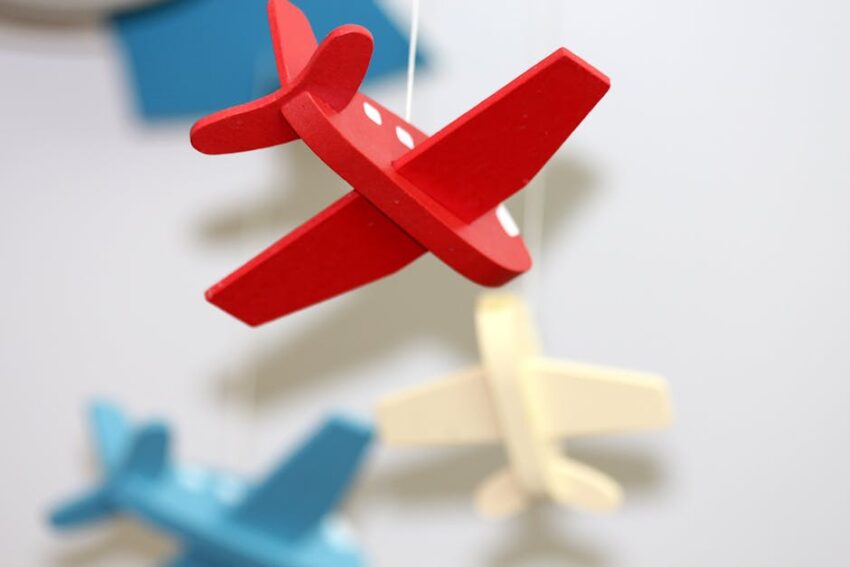When it comes to choosing toys for babies, parents increasingly weigh options to ensure safety, durability, and environmental impact. Wooden and plastic toys each have benefits and drawbacks, but wooden toys are often seen as a safer, more sustainable choice.
1. Safety and Non-Toxicity
Wooden toys are often free of harmful chemicals like BPA, phthalates, and PVC, common in some plastic toys. Many wooden toys use non-toxic, water-based dyes, while plastic toys sometimes contain dyes that can leach chemicals when exposed to sunlight or heat. Choosing toys that prioritize natural, untreated wood can reduce chemical exposure for babies.
2. Durability and Longevity
Wooden toys are generally more durable than plastic toys, often withstanding years of play without breaking or wearing out. Many parents value this durability because it means that toys can be passed down or donated, reducing waste.
3. Environmental Impact
Wood is a renewable resource, especially if sourced from sustainable forests. Plastic, on the other hand, is derived from non-renewable fossil fuels, contributing to pollution when discarded. Wooden toys typically decompose faster, while plastic toys can persist in landfills for centuries. This makes wooden toys a more eco-friendly choice for conscious consumers.
4. Encouraging Imagination and Creativity
Wooden toys are often simpler, with fewer flashing lights or sounds than plastic toys. This simplicity encourages open-ended play, as children use their imagination to create scenarios with basic shapes and structures. Wooden blocks, for example, can become castles, towers, or anything a child imagines. Plastic toys often come with specific functions, which may limit creative use.
5. Sensory and Motor Skill Development
The texture and weight of wooden toys provide a different sensory experience compared to smooth, lightweight plastic. Babies and toddlers learn fine motor skills by feeling the natural texture of wood, handling its weight, and stacking or building with it. These actions enhance sensory learning, hand-eye coordination, and spatial awareness.
6. Connection to Nature
Wooden toys have an organic feel, connecting children to the natural world even indoors. They often have unique textures, colors, and grains, giving each toy character. Plastic toys lack this natural variance, offering a more synthetic, uniform experience.
7. Reduced Environmental Toxins
The production of plastic releases significant pollution and toxins into the environment. Wooden toys, especially those crafted without chemical treatments, are made with fewer harmful emissions, reducing environmental impact. Supporting companies that produce sustainably sourced wooden toys can also contribute to reforestation and conservation efforts.
8. Cost-Effectiveness Over Time
While wooden toys may have a higher upfront cost, their durability means they’re often a one-time investment. Quality wooden toys don’t need frequent replacements and can often be passed down to younger siblings or friends, which saves money in the long run.
9. Fewer Distractions, More Focus
Studies suggest that flashy, electronic toys, typically made of plastic, may overstimulate children and reduce their ability to focus. Wooden toys promote focus and concentration by providing children with fewer distractions, allowing them to engage deeply with the play experience.
10. Supporting Ethical Toy Companies
Many companies that produce wooden toys focus on ethical production, using environmentally friendly methods and fair labor practices. By choosing wooden toys, parents can support these companies and encourage responsible production practices.
Final Thoughts
While both wooden and plastic toys have a place in children’s playrooms, wooden toys offer unique benefits in safety, environmental impact, durability, and developmental value. Parents aiming for eco-friendly, non-toxic options may find wooden toys to be a worthwhile investment, creating a healthier play environment for their children and supporting a more sustainable planet.

